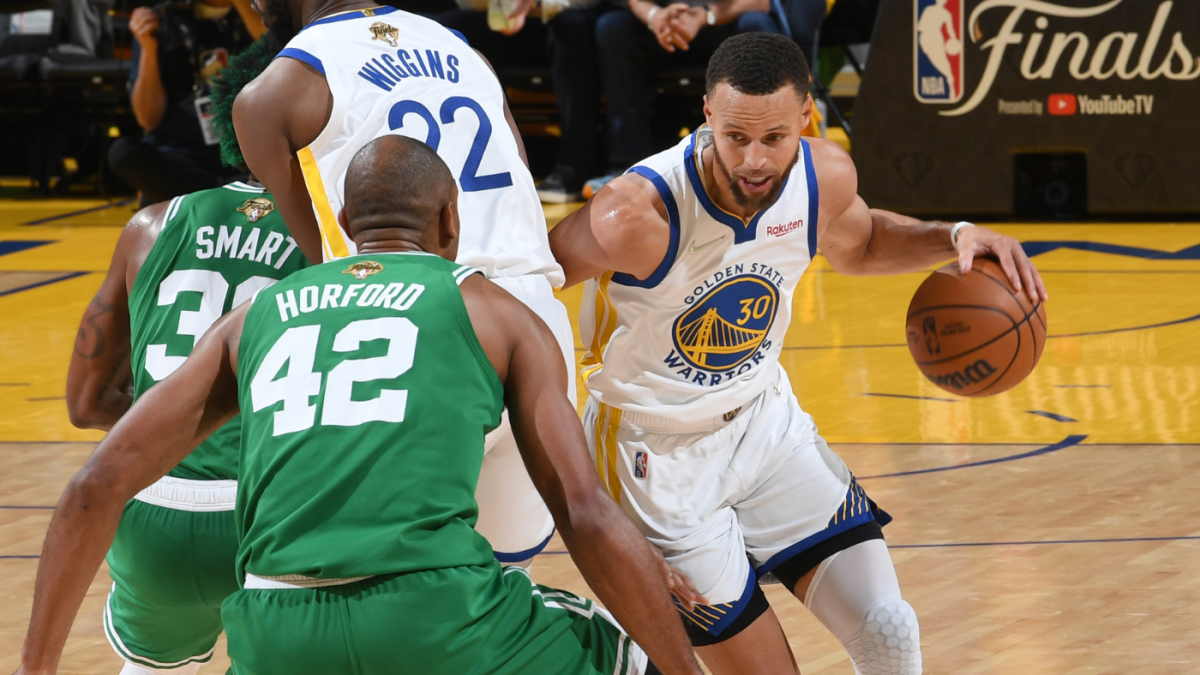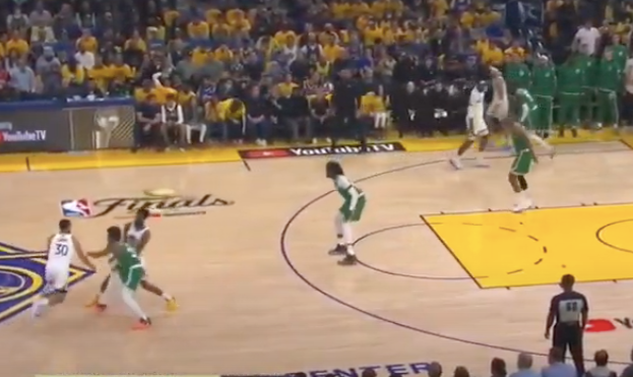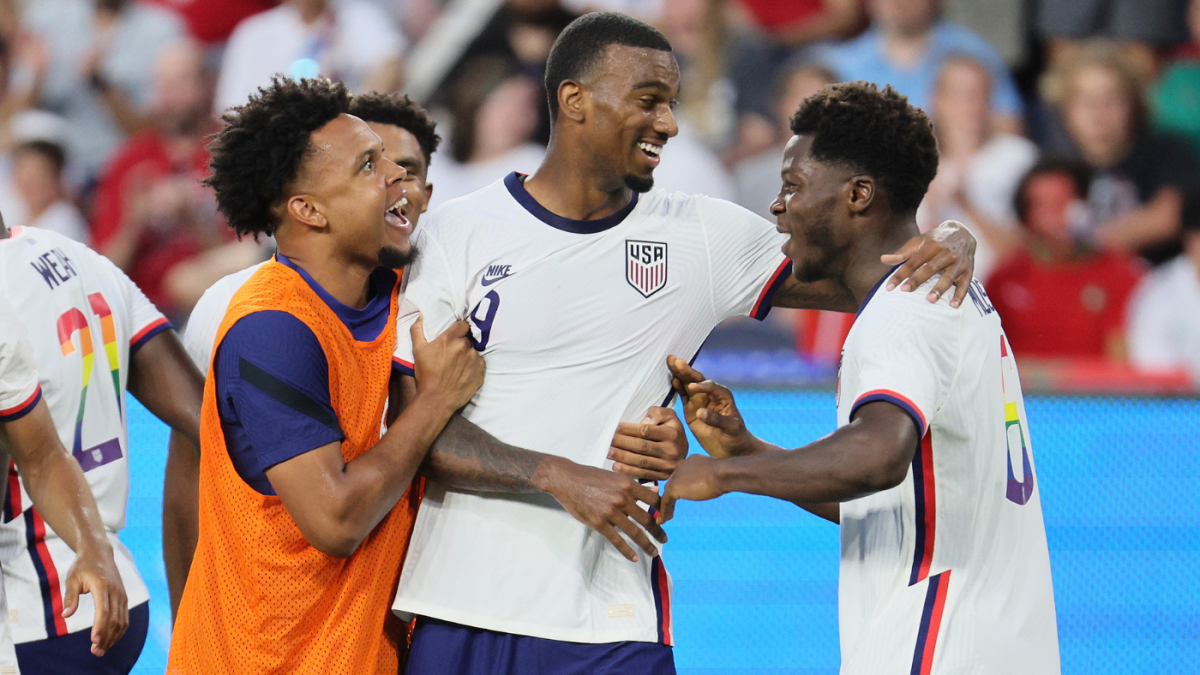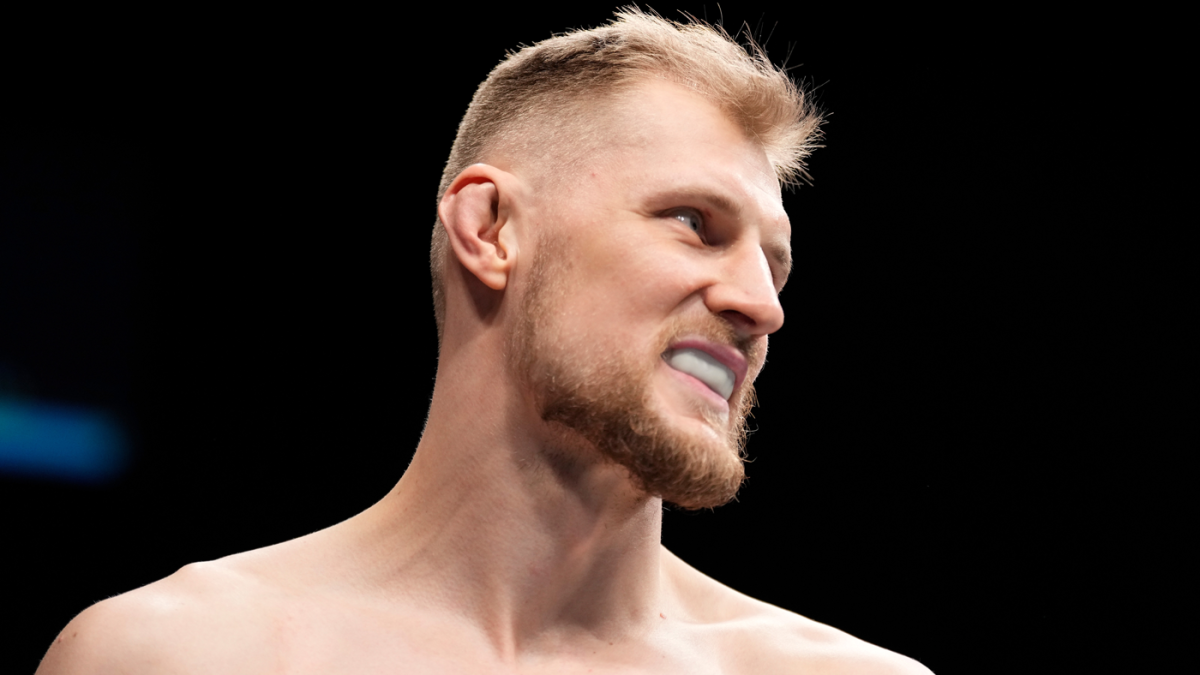NBA Finals: How the Celtics adjusted their defense on Stephen Curry, and what it means moving forward
Written by ABC Audio ALL RIGHTS RESERVED on June 4, 2022


For the first 12 minutes of these 2022 NBA Finals, Stephen Curry looked like his old video-game self as he poured in six consecutive 3-pointers in a historic first quarter. I haven’t combed the data, but having watched pretty much every minute of Curry’s season, and career, I can virtually assure you that, excluding the All-Star game, he didn’t splash anything close to six straight 3-pointers at any point in what was probably the worst shooting season of his life. These flurries that used to be routine are now fewer and farther between.
That’s not to say Curry still can’t torch you on a given night. He can. It’s just to say that if you play disciplined, physical defense and track him with multiple switching defenders everywhere he moves, these days, you seem to have at least a marginally better chance of coming out alive.
But if you’re going to give the guy wide-open looks? Forget about it. He’s going to skewer you. That’s what the Celtics did to open Game 1, completely losing track of Curry on two separate possessions as though he was some kind of fourth option. First, Jayson Tatum inexplicably drifted away from defending Curry to stay with Draymond Green. Then Payton Pritchard and Derrick White both stayed with Jordan Poole as Curry popped all alone behind the arc.
Pritchard clearly thought White was going to switch, which he was probably supposed to do. The Celtics switch everything, and White would be the preferred defender on Curry over Pritchard. These are the type of communication lapses Curry can, and often does, force as everyone is so paranoid trying to account not only for his whereabouts, but also all the other Golden State scoring threats that are constantly cutting their way into the open space created by devoting too much attention to Curry.
It’s a tough balance. It’s what makes Curry so difficult, if not damn near impossible, to defend at once on a micro and macro level. But this is the Finals. Difficult is part of the deal. Mistakes are going to happen, but leaving the greatest shooter to ever live entirely unattended cannot be one of them.
Please check the opt-in box to acknowledge that you would like to subscribe.
Thanks for signing up!
Keep an eye on your inbox.
Sorry!
There was an error processing your subscription.
The Celtics were also way too soft in their drop coverage against Curry during this early stretch. If you’re not familiar with what drop coverage is, it’s when the big man guarding the ball screener sags way back inside the 3-point line, a strategy normally reserved for bad shooters to whom you’re willing to concede pull-up 3-pointers. Playing soft drop coverage against Curry is suicide. Look at how deep Robert Williams is sitting inside the 3-point line as Curry gets a ball screen at almost half court.
Williams is giving Curry, the greatest pull-up shooter ever, about 20 feet of open space to come off the screen and fire, which he did. Curry missed, but a quick offensive rebound and pass right back to him created his first 3 of the game, and he was off and running.
Later in the quarter, it was Daniel Theis sagging back inside the 3-point line as Curry pulled up unencumbered for what was his sixth, and record-breaking, first-quarter triple.
Again, this is a tough balance. Press up too far on Curry and he beats the big man into the paint and causes a whole other string of issues. Blitz him and, after dragging two defenders out of the play, he finds the short roller for a 4-on-3 that in Game 1 led to multiple wide-open corner 3s and red-carpet dunks. Boston is aiming to split the difference, as Marcus Smart was captured breaking down in a fascinating mic’d up segment.
“This isn’t the Heat series,” Smart said. “We can’t start back. You have to start up, especially if they’re setting [the screen] so high. You start up and drop, because we’re chasing. Now he goes down into the paint.”
When Smart says “we can’t start back,” he’s saying the big man can’t be sagging inside the 3-point line when the screen is set. He has to “start up,” which is to say position himself above the 3-point line, into Curry’s shooting space. That’s the first step. Deter the 3-point shot. It’s a split-second mission all about proper positioning.
Once the big man has done that, he then retreats so as to avoid Curry simply going around him. “Now he goes down into the paint,” as Smart said, with the he being Curry, with Curry’s original ball defender “chasing” from behind, essentially pinching Curry from the front and back. It looks like this.
Perfect. Horford starts high, deters the initial pull-up 3, then retreats as Curry continues downhill with Tatum chasing from behind. Here it is again in crunch time.
Horford has a better feel for the drop than Williams, who has extraordinary range as a jump-shot blocker and thus enjoys a bit more leeway in terms of his starting position. But not much. Curry’s trigger is too quick, his range too deep. Here Williams starts a couple steps higher, and it changes everything as Curry can’t pull up. The play extends, and eventually, Curry has to enter Williams’ zone, at the rim, where Williams has the advantage and blocks his shot.
Here Williams again positions himself above the 3-point line, and this time he switches onto Curry. Again, he forces Curry off the line, and though Curry eventually finishes the possession with a step-back mid-range jumper, that’s a win for the Celtics. It’s not an open 3. They’ll live with this.
Switching, to avoid the delicate dilemma of dropping but not too far, or too early, is a tactic the Celtics deployed more as the game progressed.
Here are two more examples of the Celtics being quick to jump on Curry above the 3-point line, forcing him into his next read, and every time you make Curry go through another progression, like a quarterback having to find his second or third receiver, you have put yourself in a statistically better position for success.
After the first-quarter flurry, the Celtics were much more disciplined in starting their bigs higher and taking away Curry’s airspace off the dribble, and they clearly cleaned up just flat out losing track of him. He only made one 3-pointer after the first quarter, and again, it happened because Williams started too low, below the 3-point line, and allowed Curry to walk right into a shot.
The difference in these few feet, even inches, of coverage against Curry is everything. He needs only a sliver of space. Moving into Game 2, this will surely be a focal point for Boston, which is perfectly equipped to switch, help and recover to shooters once Curry gets into the paint. They just can’t give up clean looks at the point of attack.
Being that Golden State lacks individual playmakers outside of Curry (this is what makes Jordan Poole, who has to play better in Game 2, so vital), every second that ticks off the shot clock put the Celtics further in control of the possession as their size and length clamp down.
Again, Horford has a better feel for the drop than Williams, who is hesitant to extend too far beyond the 3-point line; perhaps his ailing knee isn’t yet 100 percent and he doesn’t trust himself quite as much to move in space. But also, Williams is just more of a paint patroller. That’s his instinct. He doesn’t always close out to popping big-man shooters with enough aggression, either. He is wired to protect the rim and clearly cognizant, at times overly, of being beat off the dribble.
But he’s surely capable of extending himself the few feet that are necessary to deter Curry from the shots he got in the first quarter, and if he and Horford can just do that, creating offense will become more difficult for the Warriors moving forward in this series, as was the case over the final three quarters, and especially in the fourth quarter, of Game 1.
Most importantly, this allows the Celtics to stay big with their lineups. If Curry would’ve just kept pulling up for 3 after 3 like was in the first quarter, Boston might’ve had to rethink some of its lineups, particularly those that included Robert Williams III, who brings so much to the table and is so important to have on the floor for normal minutes.
When Curry can’t get off a 3 either because of the big man positioning himself higher or the chasing defender getting over the screen, Curry could look to attack more in the foul-line area in Game 2, stopping short of the dropping shot-blocker before the chaser can get fully back into the play. Like so:
That is an exceedingly difficult shot that Curry makes look easy, but moving forward in this series, Curry making difficult shots could be the only shot Golden State — which is already in the precarious position of having to win four out of the next six — has to win it all. Boston is not going to spoon-feed him gimmes like he got in the first quarter, and considering how equipped this defense is to switch and rotate once the paint is breached, one on one shot-making will likely become increasingly necessary.
And again, Curry is the only reliable creator the Warriors have outside of Poole, who may start losing some of his own minutes if he doesn’t pick it up in Game 2, particularly on the defensive end, where he was exploited time and again in the opener.
None of this is new territory for Curry, who has seen every kind of defense known to man. Frankly, the only kind of defense he isn’t used to is the one that let him walk into warmup shots early in Game 1. He knew that wasn’t going to last, and he was still plenty effective in ending up with 34 points.
He’ll adjust in Game 2. Maybe he pulls the trigger from a bit deeper, forcing the bigs to start even higher, making the whole defense that much more stretched out and vulnerable when he gets into the paint. Maybe the Warriors try Nemanja Bjelica, who can pop for 3-pointers when both defenders follow Curry downhill (I wouldn’t count on this). Maybe Golden State moves off pick and roll, though the reason they ran a good dose of it in Game 1 is that Boston, again, is perfectly outfitted to switch and dam up Curry’s off-ball movement.
This is what the Finals are about. This is an elite offense going against an elite defense, and only one is going to win. Curry won the first quarter, but after that, Boston adjusted and won the game. It’s Golden State’s move now in what should be another barnburner on Sunday.
The post NBA Finals: How the Celtics adjusted their defense on Stephen Curry, and what it means moving forward first appeared on CBS Sports.








